The untouched beauty of the Macedonian villages
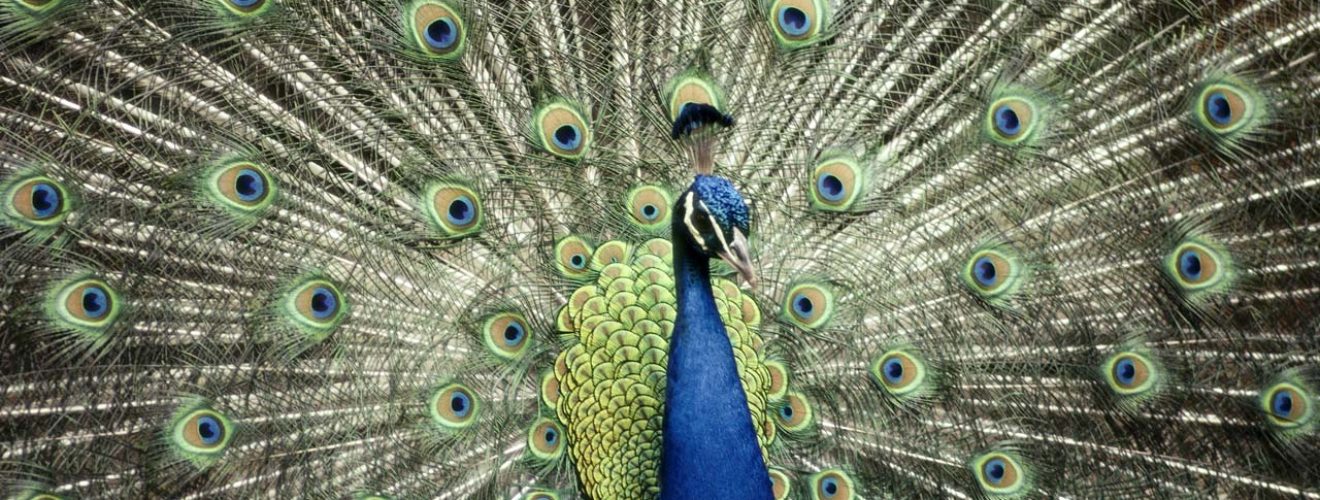
Springs with foam water, high and green forests, mountain peaks that capture you with their beauty, the ecological apples that grow at 1.200 meters above the sea level, are only part of the values that Macedonian villages have. Located in Mountain bosom, they are enchanting with their authentic architecture, warmth, and cordiality of their hosts. Windmills, where flour is still made, old bobbins, making pipes and flutes that produce the sounds of the folk songs and dances, are part of the mosaic of the Macedonian villages.
To wake up with a view at Prespa Lake, to feel the excitement of the visit to the unique snake island Big City or to touch the three century old, hand-made folk costume – is there anything more exciting than that!. In the morning try a local desert made of figs or mush, for launch try fresh “gjomleze” baked under vrshnik (iron pan for baking a bread), in the evening before you go to bed, have a liquor made in Strumica and nail your look to the beautiful mountain of Belasica. Then you’ll feel Macedonia.

Prespa lake
The country is abundant with untouched beauty and villages, which have kept the architecture of several centuries ago. The most attractive for visitors are the villages beside the lakes in Prespa and Ohrid region, but also the mountain rare locations on mountains Bistra, Korab, Karaorman, Maleshevo or Osogovo. The eco-tourism in the picturesque village Brajcino and the village tourism in Ljubojno, Stenje, Dolno Dupeni, Trpejca, Pestani, Bukovo, Modric, Drenok, Galicnik, Lazaropole, the areas
of Malesija and Azot are the chief assets for the development of the village tourism in Macedonia.

Road to Brajchino
Besides the accommodation in a rural area, collecting forest fruits, mowing grass, milking the cattle, enjoying the local food and the fresh air, tourists have the possibility to walk the surrounding mountains and familiarize themselves with the cultural riches and the monasteries. The village Brajcino, hidden in the bosom of the mountain Baba, with the fresh air of Pelister and bathed in Prespa sun, is unique in many ways. It is only 15 minutes drive from Prespa Lake and it is very close to the National Park “Pelister”. The five churches and the monastery around the village, dating back in the 16th century, brings back the spirit of the past, complemented with specific village architecture of the 19th century. For the restless seekers of new adventures, the six-hour walk to the “Big Lake” in the middle of mountain Pelister, at a height of 2.200 meters is very attractive.

Pelister lake
There from one may visit the villages of Magarevo, Nizepole or Maloviste, villages with rich architecture and specific traditional food. For the lovers of water and birds, interesting destinations are the Isle “Big City”, Ezerani, as well as, Podmocani, where the museum with the richest collection of folk costumes is located. The private museum of folk costumes, owned by Jone Eftimovski, in the village Podmocani, recently has been enriched with a folk costume dating 300 years ago. Don’t forget to visit the church of “St. George”, near Kurbinovo, because of the wonderful frescoes dating back in 1191. The specific wall decoration of the church is one of the best examples of the Middle Ages painting in the country.

Kurbinovo church



Island, Prespa
There you can find endemic plants, such as “Gostivar violet”, then rock fields, observation points, and slopes in the heart of Bistra mountain, where you would have a possibility to see few of the folds, where tasty cheeses are produced. Within the limits of the park, there are 36 rare villages, 14 of which are completely empty. The most picturesque village is Galichnik, famous for the traditional event “Galichnik Wedding”.

Galichnik wedding
Each year, young couples from all over the country and abroad, dressed in richly decorated folk costumes from Galicnik, are being wed at the most massive wedding, held according to the traditional rituals. On St. Peter’s Day (July 12) Galicnik roars with the sounds of zurles, drums, and songs that follow the ritual procession. As it goes with the tradition, the bride first goes to bring water, together with her friends, while her groom is being shaved at the doorstep of his house. The in-laws take the bride from her home, climbed on a horse and take her to the house of the groom, where she makes bread and offers the guests with wine. Deeper in the womb of the mountain at the chutes of the Mala River rises the phenomenal bridge “Deer’s Leap”. Take a moment there and admire the hanging bridge with an interesting construction, built without iron and concrete. The legend says it was built in the 18th century by an Ottoman Bey who was delighted by the leap of a deer from one to the other side of the river and in its honor he built the bridge. According to other stories, the bridge was built for the remembrance of a boy, who in an attempt to defend the honor of his girlfriend, killed an Ottoman Bey. The splendor of nature may be best felt at the monastery of “St. John the Baptizer”. The complex built from a scale stone is famous as Bigorski monastery. It was established in 1020 and it has one of the most famous iconostasis work of the xylographers Petre Filipovski Garkata and Makarija Frckovski from the village Galicnik.
The canyon on the Radika River is enchanting with the clear mountain water, surrounded by thick vegetation, as well as with the abundance of trout fish, which lures the fishing lovers. The scientists have researched over 30 caves, 10 meters long, in the upper part of the Radika River. Outstanding with its beauty is the cave “Simka”, which is 500 meters long. For the local people of different parts of the country, waterfalls are places where religious holidays are celebrated, where illnesses are healed, where winter is bid farewell and spring welcome. Believed it or not, there are about 150 waterfalls in Macedonia. The highest one is on Mountain Korab. It is 138 meters high and is located under the top Mal Korab, near the former village Zuznje. Hidden in the deepest forests, visited
only by the bravest and the most persistent nature lovers, the waterfalls may be a unique event and adventure.

There are waterfalls on the mountains Korab, Shara, Jablanica, but the most visited are the waterfall in Smolare and Koleshino, at the slopes of the mountain Belasica. At the border between Macedonia, Bulgaria, and Greece, at 650 meters above the sea level, the Smolare waterfall is located. It is one of the biggest waterfalls on Bleasica, where the water falls from the rocks at a height of 3540 meters. The area around the waterfall is abundant with vegetation and moss that never changes its green color. Here, during winter, nature creates the most beautiful icicles hanging over the rocks. In front of the waterfall, there is a hole for which the locals tell their own story. The legend says that King Marko jumped with his horse from the waterfall, and the horse’s shoe made a hole in the stone. The people from Smolare call this hole “dira”.

Near the Smolare waterfall is located the Kolesino waterfall. It is in the southeast part of the country, in the lower flow of the Baba River. It is 21 meters high, with fall width of about 16 meters, and is of the step-type of waterfalls. On the road between the two waterfalls, at 300 meters above the sea level, are located the Mokrino springs. These are among the strongest waterfalls on this mountain, with the capacity of about 100 liters in second. The view is amazing the water springs from century-old trees, with old, fat roots, coming out on the surface. These springs are the traditional place where the inhabitants of the village Mokrino gather. Near is the spa “Bansko”, with remains of Roman spas, the Monospitsko blato (swamp, wetlands), remaining from the glacier period, as well as the monasteries of Veljusa and Vodoca, from the 10th century. Vodoca monastery is far famous as a place where the soldiers of Tsar Samuil were blinded, after their defeat in the battle of Belasica by the Byzantine emperor Basil the Second, after which the village was named.
Macedonia – land of carnivals
Traditionally, they are held during winter time, in the New Year’s period, but also in spring and they are characteristic of several regions in the country. Each carnival has its own feature, colorfulness, and different symbolism. The cheerful and masked faces in Bitola region are called “babari”, in Ohrid region-“vasilicari”, in Skopje and Kavadarci regions-“dzamalari”. For those who would like to dive into the roots of the Macedonian tradition, a real rarity is to attend the “Vevcani carnival”. It has been held in continuity for 1.400 years, from the establishment of the village itself, and since 1993 the “Vevcani carnival” is a member of the World Carnival Federation. For the 48 hours, during the carnival customs, the whole area around Vevcani transforms into a huge theater, where on an open stage you can see the most creative and most mystical masks. You wonder how the carnival began? The legend says that a boy, who was the most beautiful boy in Vevacani, before going abroad to work, has been engaged with the most beautiful girl in the village. However, while working abroad, the boy fell from a tall building and suffered severe scars on his face. In winter, when his friends returned to Vevcani, he asked them to hide their faces with masks, so that his fiancé could easier get used to his scared face. This was the origin of the carnival in Vevcani, village located at the foot of the mountain Jablanica.
FELL THE VEVCANI SPIRIT
The rich architecture, the colorful nature and the abundant waters of the Vevcani Springs, but also the untamed spirit of its inhabitants who proclaimed their village a “Republic”, introducing Vevcani currency and passport for entry in the village, lure a huge number of visitors that come to feel the spirit of this place.
The roots of the “Strumica Carnival” originate in Pagan times, giving a special mark to this region. The game lasts for days, and Strumica is filled with thousands of curious visitors from the country and abroad. If you would like to feel the magic of the carnival, join the procession, mask yourself and try to be part of the tradition. Maybe this year you would be the one to win, because of your imagination and creativity, in the selection of the best mask. During the days of the carnival the city offers a unique opportunity to enjoy and try the famous papers and tasty “ajvar” from Strumica, and as an aperitif try “Strumica liqueur”. If you like homemade pies and baked beans, then you must visit the village “Lesok” in Tetovo, at the foot of Shara Mountain. Here, at 550 meters above the sea level, you may start with sausages and tasty wine, but also with baked beans from Leshok, “komat” and “turi-potpeci” specialty.
You can enjoy the local food while sitting in the beautiful nature and the wide oak forest or in the yard of the Leshok Monastery, one of the most beautiful in the region. In the mountain village Berovo, in the eastern part of the country, you would be welcome with specialties made of local potatoes and liquor made of special plums.
While you are in one of the highest mountain villages don’t miss to try the famous Berovo broth, special meat-pie and “komitsko” lamb. Those who easily get colds or have problems with the respiratory system will find their cure in Berovo region. The locals prepare pine honey-syrup from the young pine cones, used for healing colds, but also tasty as a dessert. From the local customs, the most famous are the celebrations devoted to the day of the “Dormition of the Virgin Marry”, when big cauldrons with food are prepared as a sacrifice for health and fertility, as well as the traditional masquerade “Bamburci”. Especially attractive for visit is the Lake “Mladost”, surrounded by pine forests and the unbelievably clean air.

Berovo lake
The inhabitants of the highest settlement on the Balkans-Krushevo may be proud of the sweet “celuvki” and the famous Turkish delight from Krushevo. This small but revolutionary city, famous as a center of the Ilinden Uprising in 1903 and the first Republic on the Balkan, for liberation from the Ottoman rule, still treasures the memories of the famous past.

Witness to this are the monuments: “Makedonium”, “Meckin Kamen”, “Sliva” and “Kale”, which besides their huge historical value, have also natural and cultural importance. In summer, attractive for the visitors are the walks in the forest and in winter the city is full of winter sports fans. Krusevo is also a favorite place for the paragliders, due to the excellent conditions that the mountain offers for this adventure. If you search for undiscovered beauties and places, visit the mountain Plackovica, where the villages of Yurutsi, are located. These people nourish very specific and for many, unknown culture and tradition. The patriarchal way of life is one of the basic features for the inhabitants of these villages in the Municipality of Karbinci. They are recognizable also for their traditional architecture, the way of life and costumes. The younger women and the girls wear colorful and picturesque costumes. In the villages, one can tray tasty dishes such as “alva”, “madzun”, “kus-kus”.


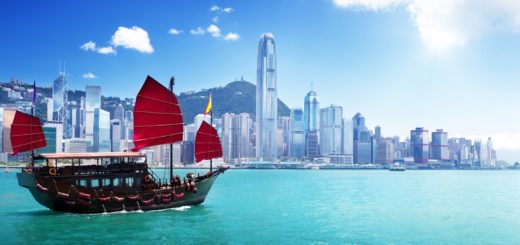
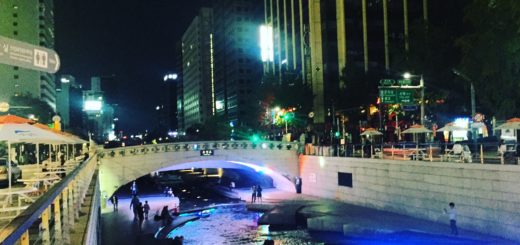

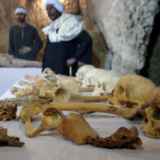
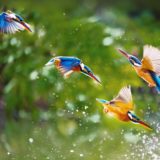
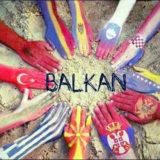

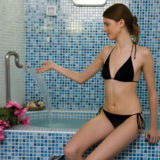
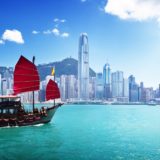
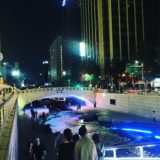
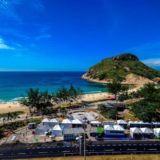

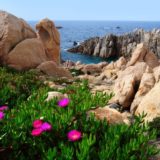


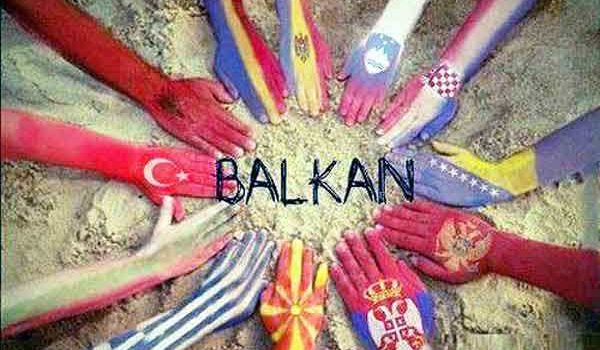
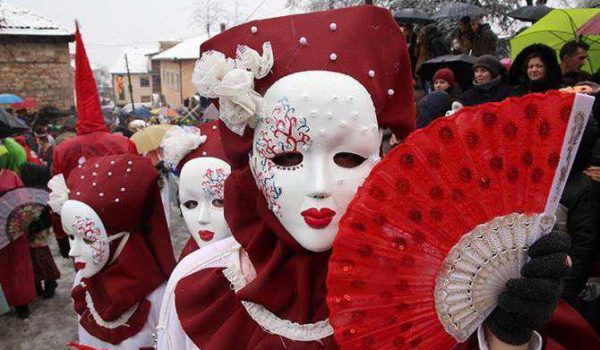
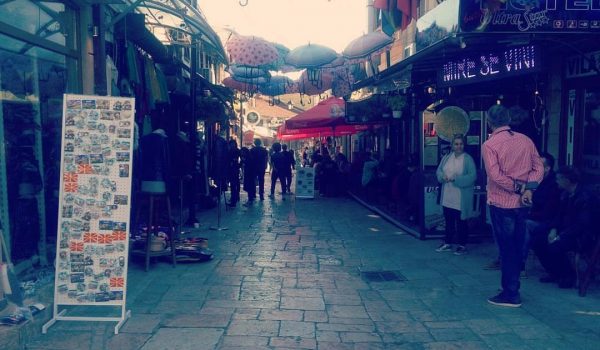
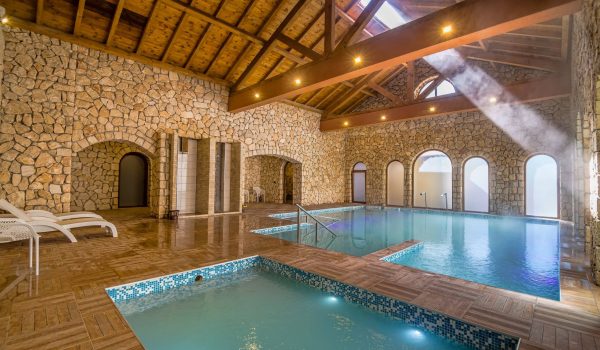
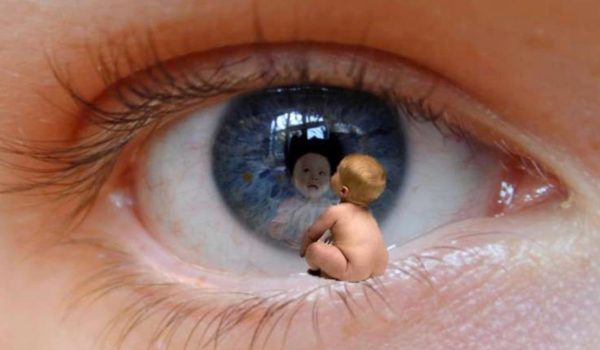
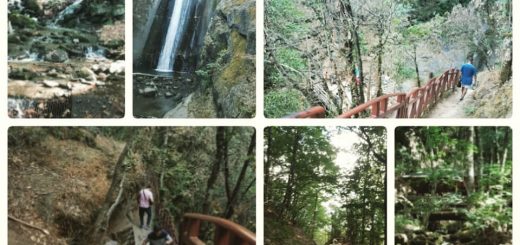
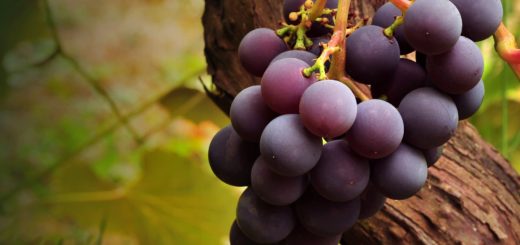
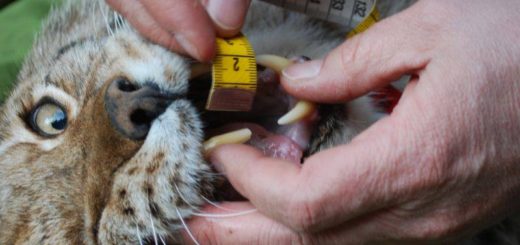

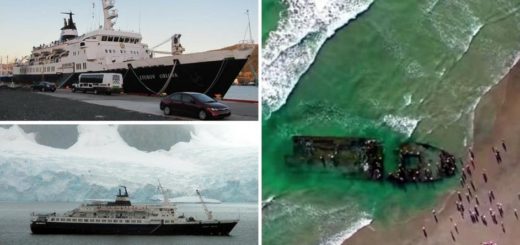
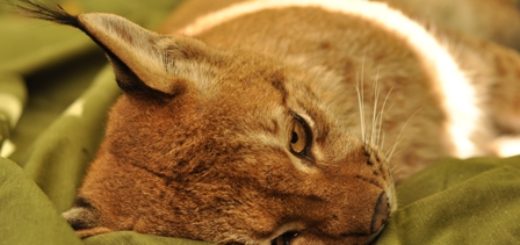
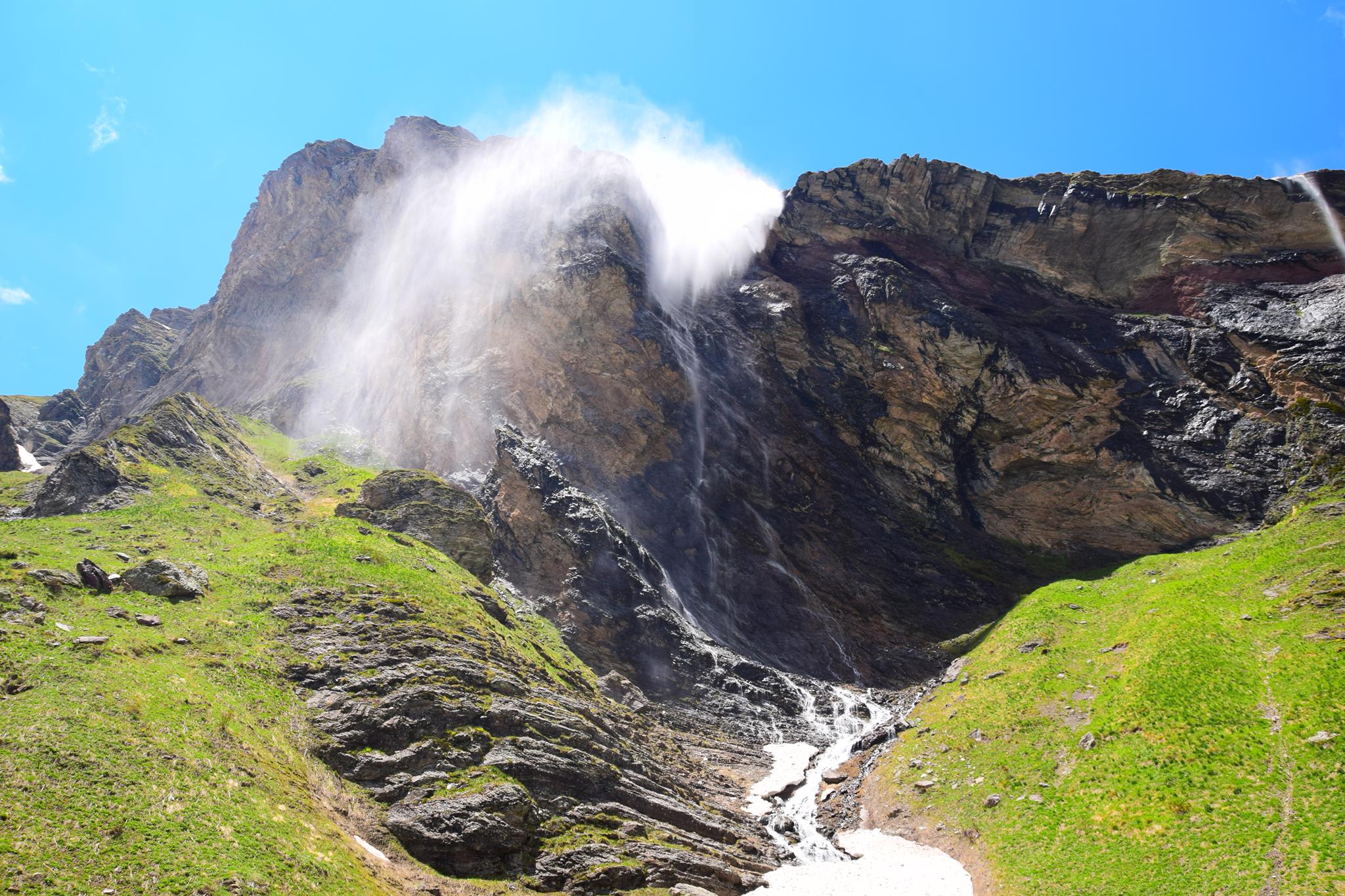
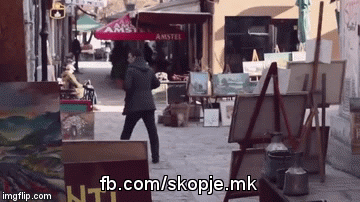
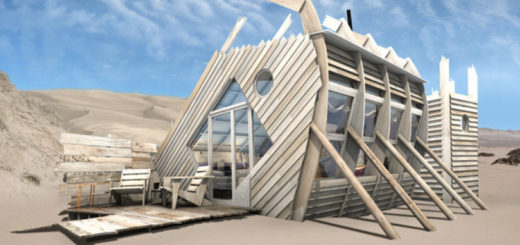


Hi there, I simply couldn’t leave your website without saying that I appreciate the information you supply to your visitors. Here’s mine 85N and I cover the same topic you might want to get some insights about Webdesign.